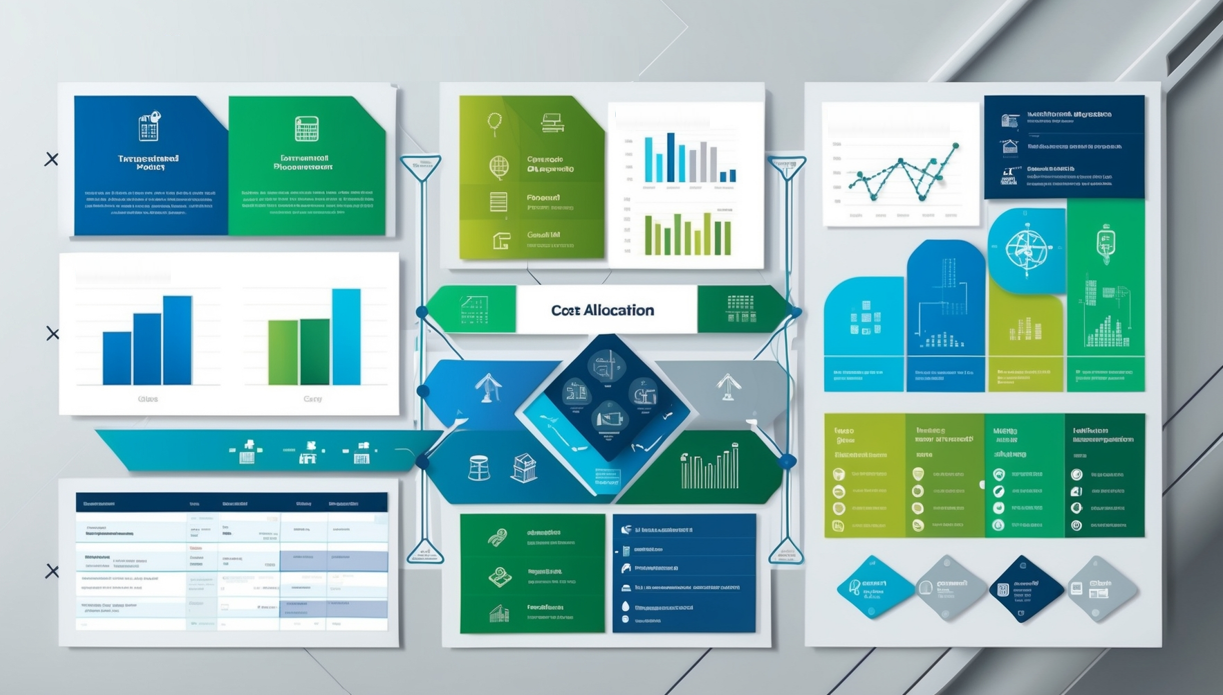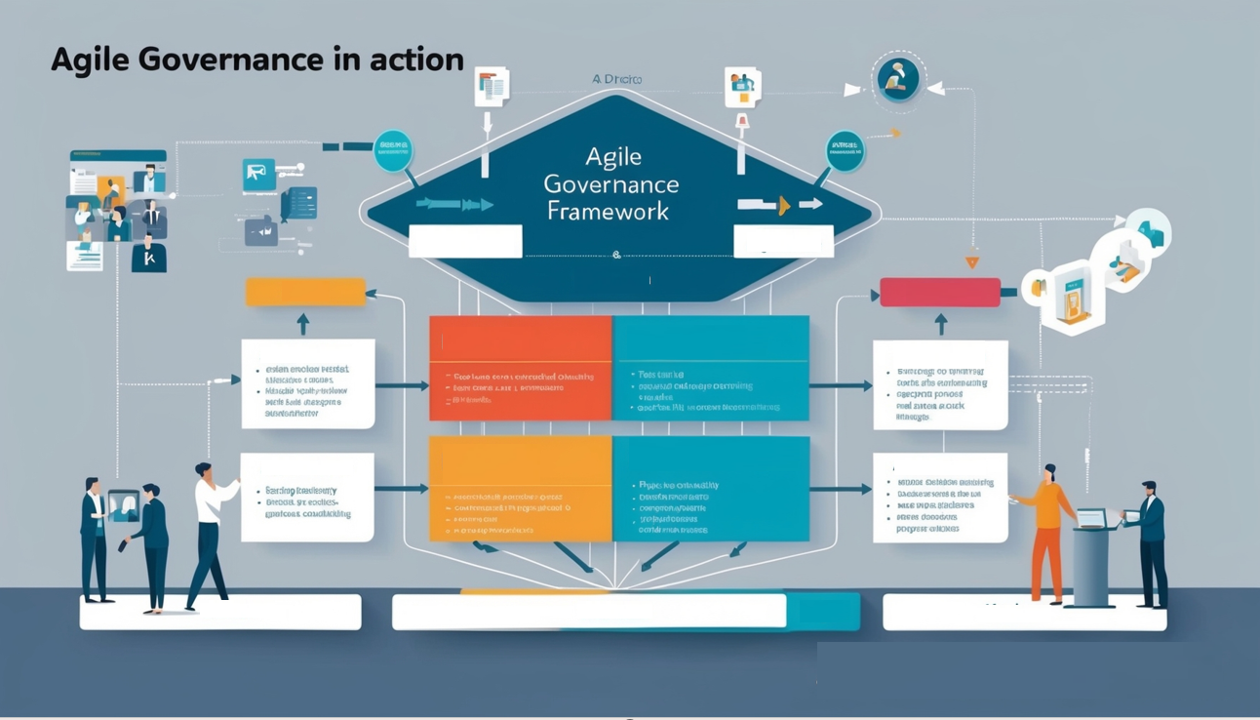
The IT Business Case Playbook: Frameworks, Templates, and Strategies
This IT business case playbook is a must-have resource for CIOs and IT decision-makers looking to justify investments, optimize budgets, and align IT initiatives with business strategy. Covering frameworks, templates, and strategic methodologies, it provides actionable insights for cost-benefit analysis, IT procurement, and governance. Whether securing funding for cloud migration, modernizing infrastructure, or improving service delivery, this guide ensures your business case stands up to scrutiny and delivers measurable value.








